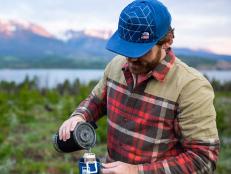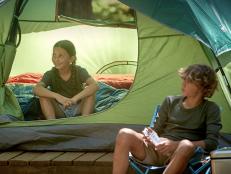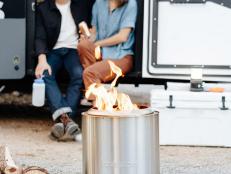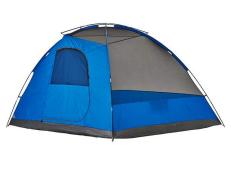1 / 14
Photo: Noah Wetzel
Quick Tips for Winter Camping
Just because the temperature drops doesn't mean you have to say goodbye to camping for the season. With the right knowledge and gear, you can camp comfortably in the cold. You may even come to prefer it. Familiar landscapes look magical in the winter, and even a short backpack trip can seem like a great adventure in the snow. Here are a few basic tips for those interested in cold-weather camping.












